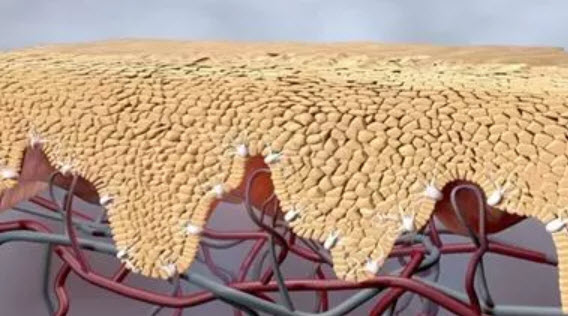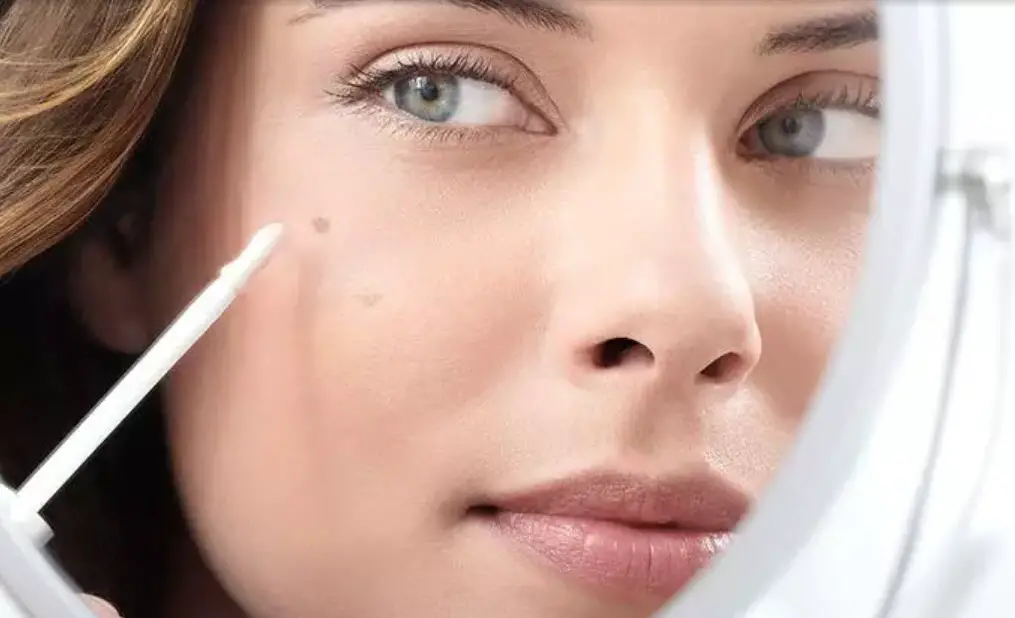Hyperpigmentation: What Is It And What To Do
Hyperpigmentation: What Is It And What To Do
Pigmentation spots – the term hyperpigmentation is also used – can be very disturbing, as they are usually clearly visible on the face and hands, the parts of the body that are most exposed to the sun and difficult to hide.
Indications
What are pigment spots? What Is Hyperpigmentation?
Pigment spots or hyperpigmentation are caused by an overproduction of melanin or an increase in the number of melanocytes.
Hyperpigmentation leads to flat, light brown to black spots of various shapes and sizes on the skin.
There are many different forms of hyperpigmentation, of which the following are the most common:

Pigment spots such as age spots and freckles are caused by UV radiation. That is why they occur mainly in places that are particularly exposed to the sun, namely on the face, on the backs of the hands and on the extensor sides of the forearms. These are usually small, somewhat darker spots on the skin.
Melasma/chloasma often occur in phases of hormonal changes (pregnancy, menopause, taking the contraceptive pill) in connection with UV radiation. These are darkly pigmented, irregularly limited and usually large patches, which appear mainly on the face or arms. The melasma/chloasma is also known as “pregnancy mask” because it is often observed in pregnant women, especially darker pigmented women.

Causes & Triggers
How does hyperpigmentation develop?
Hyperpigmentations can be congenital or develop only in the course of life. They are caused by a local overproduction of melanin (or a local increase in melanocytes), the pigment that gives the skin, hair and eyes their actual color. There are several factors that promote an overproduction of melanin: The most important are sunlight, genetic disposition, hormonal influences, ageing processes as well as injuries or inflammations of the skin.
How to remove hyperpigmentation spots

Other influencing factors
The main triggers for hyperpigmentation
Cause number one for the development of hyperpigmentation is UV radiation. Sunlight activates the production of melanin in the melanocytes of the skin. The dye reaches the surrounding skin cells via cell extensions of the melanocytes. There it covers the cell nucleus like a protective cap, absorbing damaging UV rays and thus protecting the cell nucleus. This protection becomes visible as even pigmentation or skin tan. However, this is not an expression of healthy skin, but is already associated with UV-induced skin damage. In combination with other factors, this UV-induced pigmentation can be disturbed and darker pigmented skin areas develop.
The pigment spots formed in this way, visible as freckles, age spots, melasma or as a post-inflammatory hyperpigmentation, can become even darker if they continue to be exposed to the sun without protection.

The shortest possible stay in the sun, protective clothing and the use of sunscreen products with a high sun protection factor can reduce the risk of developing pigmentation spots and prevent already existing spots from becoming even darker.
Hormonal influences are the main cause for the development of a special type of hyperpigmentation called melasma or chloasma. Melasma is particularly common in women, and it is thought to occur when the female sex hormones estrogen and progesterone stimulate the excessive release of melanin while the skin is exposed to the sun.


Phototoxic dermatitis, which can be triggered by plants or perfumes, for example, can also lead to permanent hyperpigmentation.
There is an increased risk of hyperpigmentation in connection with some professions and activities because employees are increasingly exposed to the sun or mechanical stress on the skin.

Post-inflammatory hyperpigmentation can occur – as the name suggests – after an injury or inflammation of the skin. After healing of cuts, burns, acne, eczema or psoriasis or after contact with certain irritants, a dark pigmented skin area remains after the wound has healed.

Care recommendations
What helps against pigment spots (hyperpigmentation)?
There are several ways to reduce hyperpigementation.
- Chemical peelings are mostly suitable for superficial hyperpigmentations. Special substances are applied to the desired area in order to remove the superficial skin layers with the pigment spots. After the healing process, there is a great chance that the formation of pigmentation spots will not occur again.
- Laser therapies are particularly suitable for deeper hyperpigmentations. The wavelength of the laser is absorbed by melanin and thus the pigmented cell is destroyed.
Learn more about the different methods and agents for removing pigmentation marks.






